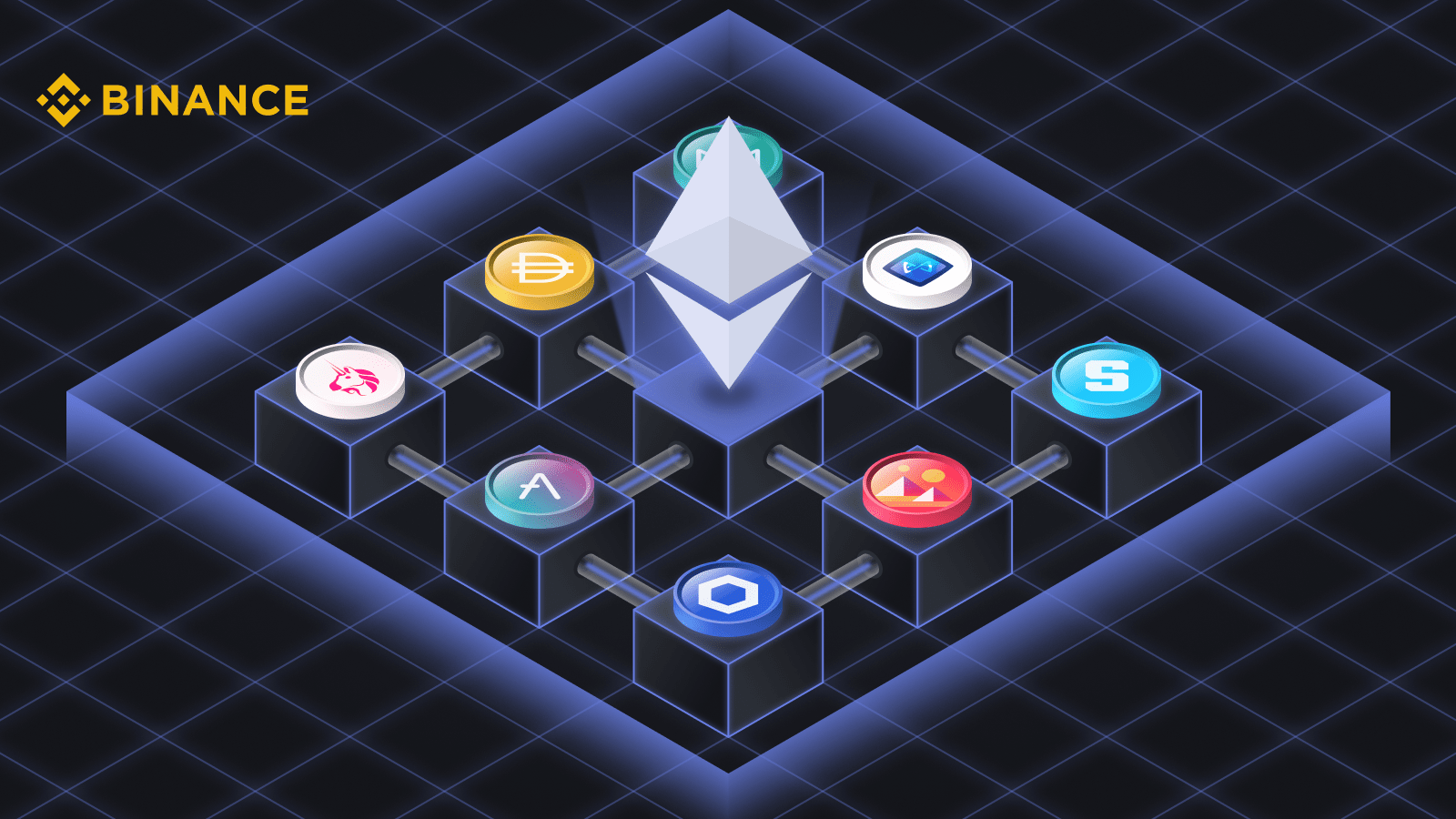Exploring Blockchain Technology Beyond Cryptocurrencies

Introduction to Blockchain Technology

Blockchain technology is a decentralized system that allows digital information to be recorded and shared across a network of computers in a secure and transparent manner. At its core, blockchain consists of a series of blocks, each containing a list of transactions. These blocks are linked together in a chronological chain, which ensures that any attempt to alter a block would require the consensus of the entire network, thus maintaining the integrity of the data. The decentralized nature of blockchain eliminates the need for a central authority, distributing control among participants, which enhances transparency and reduces the risk of fraudulent activities.
The foundational characteristics of blockchain applications stem from these core principles. Transparency is achieved since all transactions are visible to network participants, allowing for traceability of asset ownership. Security is bolstered through cryptography, which protects the data contained in the blocks from unauthorized access or tampering. This makes non-crypto blockchain uses particularly appealing for various sectors, including supply chain management, healthcare, and finance, thereby expanding its potential applications beyond cryptocurrencies.
Blockchain technology first gained widespread attention with the launch of Bitcoin in 2009, created by an unknown individual or group known as Satoshi Nakamoto. Bitcoin introduced the concept of a digital currency, but the underlying technology demonstrated potential well beyond crypto. As organizations began to explore blockchain’s capabilities, they discovered that its applications could revolutionize industries by enhancing data integrity and streamlining processes. The rise of various projects focusing on these non-crypto blockchain uses has marked a significant evolution in the technology, engaging diverse stakeholders in its implementation and development.
Real-World Applications of Blockchain Technology
Blockchain technology has manifested its potential beyond the realm of cryptocurrencies, ushering in a myriad of real-world applications across diverse sectors. One prominent domain is supply chain management, where blockchain applications enhance transparency and traceability of goods. By employing distributed ledger technology, participants across the supply chain can access real-time data on inventory levels and shipment statuses, significantly reducing fraud and errors. For example, major retailers are increasingly adopting blockchain to trace the origin of products, ensuring authenticity and ethical sourcing.
Another significant application lies within the healthcare industry. Here, blockchain technology enables secure and interoperable sharing of patient records among health professionals. This process not only improves patient care by ensuring that medical data is accurate and up-to-date but also safeguards sensitive information against unauthorized access. Some healthcare companies are even experimenting with blockchain solutions to streamline supply chains for pharmaceuticals, minimizing the prevalence of counterfeit drugs in the market.
Identity verification is a critical function where blockchain demonstrates its capabilities. The technology allows individuals to maintain control over their personal data while sharing necessary information securely with institutions. This method can enhance trust in transactions as all parties can verify identities with confidence, reducing identity theft risks.
Furthermore, innovative uses of blockchain extend to voting systems, where it promises to increase transparency and reduce fraud during elections. By permitting secure and verifiable casting of votes, blockchain technology can transform democratic processes. Likewise, intellectual property protection is another burgeoning field that benefits from blockchain applications, allowing creators to register and protect their innovations securely. These diverse implementations underline the transformative potential of blockchain beyond crypto, marking it as a crucial technology for a variety of global challenges.
Challenges and Limitations of Blockchain Technology
Blockchain technology, while promising, faces several challenges and limitations that need to be addressed for its widespread adoption beyond cryptocurrencies. One of the most significant issues is scalability. As the number of transactions increases, many blockchain applications exhibit slower processing times and higher transaction fees. This situation is particularly evident in public blockchains, where the decentralized nature, intended to enhance security and transparency, can lead to congested networks that struggle to handle large volumes of data efficiently.
Another critical concern is energy consumption. The consensus mechanisms employed by various blockchain networks, especially the proof-of-work model, require substantial computational power. This high energy demand raises questions about the sustainability of blockchain applications, particularly as environmental concerns become increasingly prominent in global discourse. As a result, there is a pressing need for alternative consensus mechanisms that balance decentralization and efficiency while minimizing energy usage.
Regulatory hurdles also pose significant challenges. Blockchain technology operates in a largely unregulated space, which can lead to uncertainty and risk for businesses and users. Different jurisdictions may implement conflicting regulations regarding blockchain beyond crypto, creating difficulties in compliance and fostering an environment of ambiguity. Additionally, privacy concerns remain a critical issue; while blockchain’s transparency is one of its strengths, it can also expose sensitive information. There’s a risk that non-crypto blockchain uses could be exploited for nefarious purposes if appropriate safeguards are not established.
Finally, the need for standardized protocols cannot be overstated. Without common frameworks and interoperability among different blockchain applications, the development of cohesive solutions becomes increasingly complicated. To overcome these challenges, stakeholders need to collaborate on developing best practices that address these limitations, ensuring that blockchain technology can realize its full potential.
The Future of Blockchain Technology
As we look towards the future of blockchain technology, it becomes imperative to recognize its potential beyond its most recognized application—cryptocurrencies. One of the significant trends shaping this landscape is the rise of decentralized finance (DeFi), which is transforming the financial ecosystem by removing intermediaries and enabling peer-to-peer transactions. DeFi leverages blockchain applications to create more inclusive financial services, thus broadening access for individuals who previously lacked banking facilities.
In addition to DeFi, the adoption of central bank digital currencies (CBDCs) is expected to impact traditional financial systems significantly. Many countries are exploring the feasibility of CBDCs, which would allow central banks to issue digital currencies that utilize blockchain technology to facilitate secure and efficient transactions. This evolution indicates a critical shift in monetary policy and regulation and highlights how blockchain can function in conjunction with government frameworks to enhance economic stability.
Furthermore, the integration of blockchain with emerging technologies such as the Internet of Things (IoT) and artificial intelligence (AI) presents an exciting frontier. For instance, IoT devices equipped with blockchain applications can provide enhanced security and data integrity, allowing for transparent and tamper-proof systems in supply chains and smart cities. Similarly, AI can benefit from blockchain technology by ensuring the secure collection and sharing of data, essential for machine learning models. Research and development efforts in these areas will be crucial in unlocking the full potential of blockchain beyond the sphere of cryptocurrency.
As we advance, collaboration among industry stakeholders, academia, and policymakers will foster a thriving ecosystem for blockchain initiatives. Emphasizing research and addressing potential regulatory changes will prepare the industry for a future where blockchain technology plays an essential role in various sectors, proving its value far beyond mere financial transactions.








